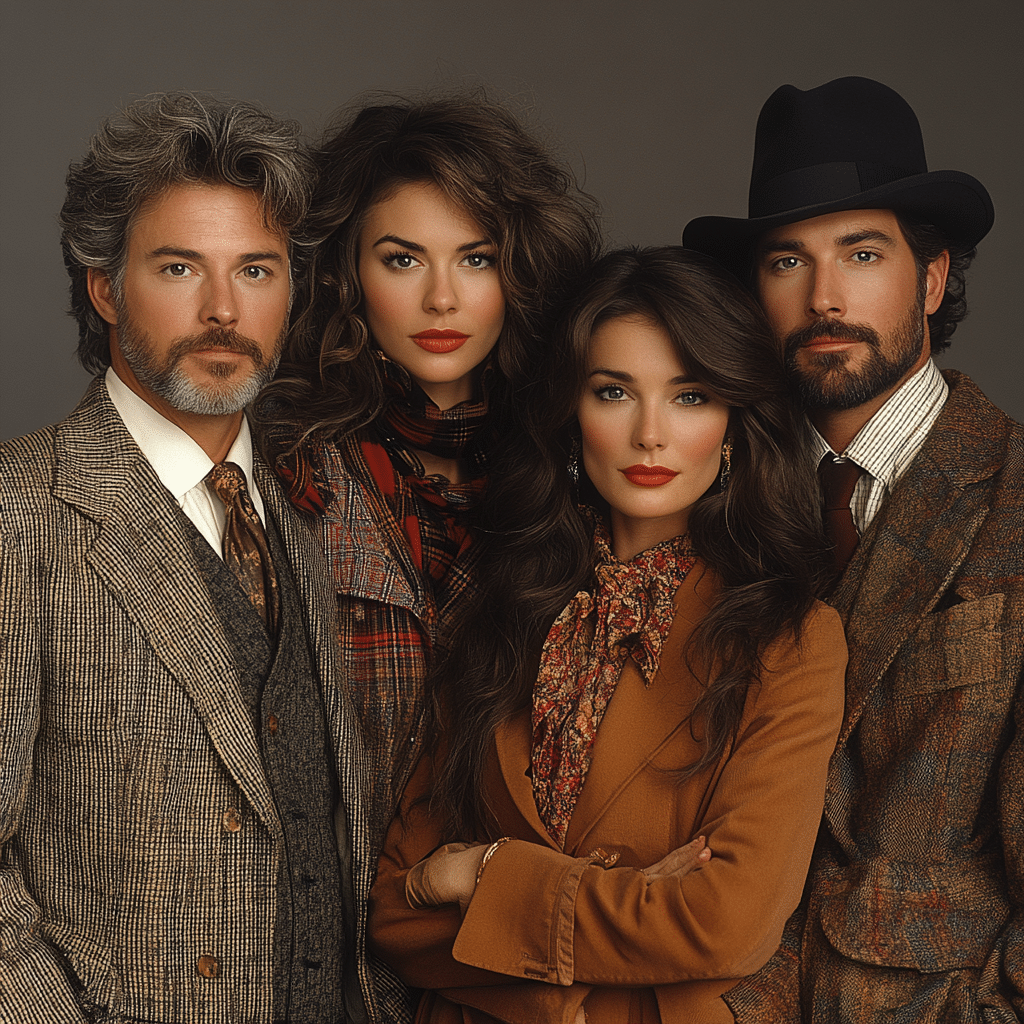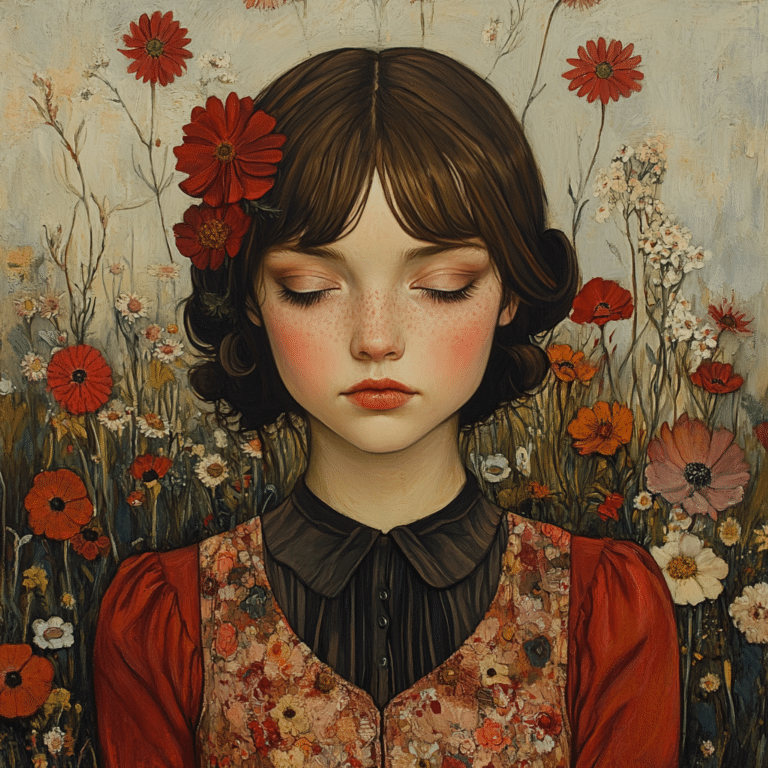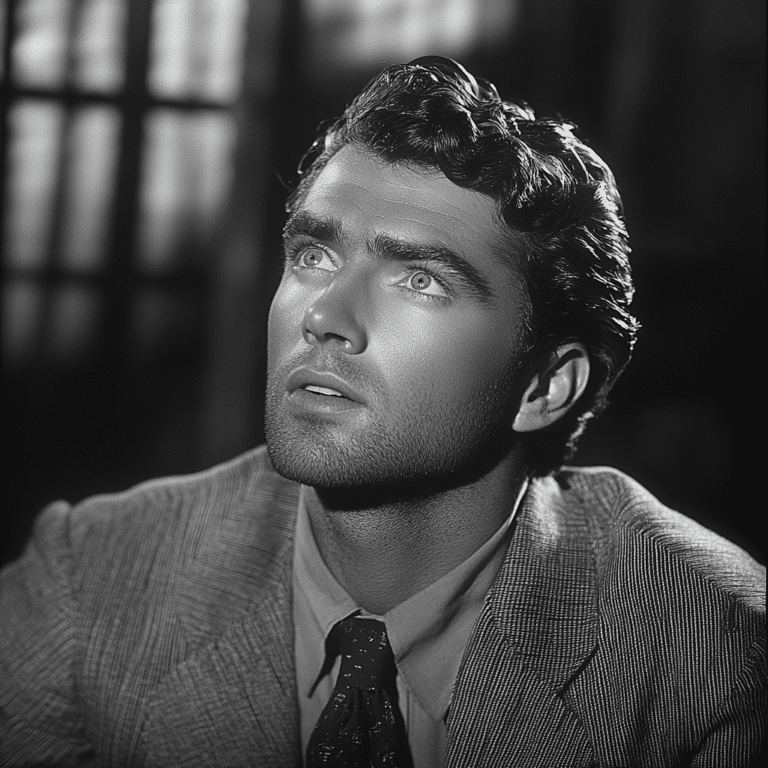
The Emotional Landscape of My Sister’s Keeper
My Sister’s Keeper captures the heart in ways that few films do. It dives into the tangled webs of family bonds and raises unsettling questions about moral dilemmas in caregiving. This powerful narrative isn’t just a tale of a girl named Anna, who decides to sue her own parents for medical emancipation. It expands into a broader conversation about family, healthcare, and what it means to love someone who is suffering. The film’s themes echo in today’s discussions, reminding us how those tough choices impact relationships and life decisions.
Now, let’s be real—this film will have you reaching for the tissues before the opening credits finish. From misguided but well-meaning intentions to sibling rivalry, the emotional ride is relentless. It’s this very emotional landscape that keeps My Sister’s Keeper relevant even years after its release. As we face challenges like healthcare accessibility and the complexities of parental love, this movie hits the nail on the head, shaping our understanding of family dynamics today.
So, grab the popcorn—or maybe ice cream if you need comfort—and let’s break down some of the toughest, tear-jerking choices presented in this modern classic.

7 Heartbreaking Choices in My Sister’s Keeper That Challenge Family Love
Anna Fitzgerald doesn’t just become a donor; she becomes a legal rebel. Suing her parents for the right to make choices about her own body isn’t something many of us would dare to do. It sparks intense discussions about autonomy and the moral obligations of family. When a child is conceived to save another, those questions become enormous.
You’d think wanting to save your child is a straightforward cause. But as Sara Fitzgerald dives headfirst into every possible medical option for her daughter Kate, she begins losing sight of her other child’s needs. The distinction between love and obsession blurs, showing how one child’s health crisis can overshadow the emotional wellbeing of another.
Played by Jason Patric, Brian Fitzgerald is the emotional backbone of this family, but often, it feels like he’s in the background. His struggle as a father showcases the overlooked aspects of family crises—the burdens that are felt but rarely vocalized. It’s a poignant reminder that caring for sick family members isn’t just hard on main caregivers; it affects everyone.
This film doesn’t shy away from exposing the grim realities of medical ethics. Choosing life through medical interventions raises complicated issues we still grapple with today. With healthcare discussions becoming more crucial than ever, My Sister’s Keeper adds a relevant voice to the existing conversation about accessibility and parental responsibility.
The bond between Anna and Kate takes a major beating throughout the film. What should be a sweet sisterly connection morphs into a battleground of resentment and misunderstanding. Severe health crises can warp family dynamics, turning love into a powder keg of conflicting emotions. What once felt like a warm hug now turns into a tug-of-war that few escape unscathed from.
When family crises unfold, societal pressure often magnifies the emotional stakes. The Fitzgerald family’s ordeal reflects how external opinions can shadow even the closest relationships. For example, how does one balance societal expectations of sacrificial love with personal happiness? It’s no easy feat, and it hits home for many families today.
Anna’s fight culminates in a resolution that leaves us pondering the heavier implications of choice. Who gets to determine what constitutes a “worthy” life? The film has us question how familial love can easily get tangled in painful decision-making processes.

Connections Between My Sister’s Keeper and Current Cinema: Insights from Mayfair Witches and Beyond
When we think about family love in movies, other current hits like Mayfair Witches also come to mind. This new series dives into obligation and love wrapped in a supernatural twist, examining how family ties can become both complicated and mystical. Just like My Sister’s Keeper, Mayfair Witches wrestles with the tightrope act of love that leads to painful consequences.
These series portray how familial bonds face the ultimate test in unusual circumstances. Whether dealing with illness or witchcraft, the crux remains the same: choices made in the name of love can lead to unforeseen repercussions. Whether it’s Anna’s fight for autonomy or the magical chaos in Mayfair Witches, these narratives keep us on the edge of our seats, reminding us just how involved and complicated family dynamics can be.

Spotlight on Influential Figures in Media Reflecting Family Themes
Today’s stars like Chloe Bailey and Bianca Lawson resonate deeply with themes of family devotion and sacrifice. For instance, Bailey’s recent projects delve into emotional narratives illustrating the struggle between self-interest and loyalty to loved ones. Her captivating performance leaves audiences questioning what they would do for their siblings.
On the flip side, Lawson often portrays characters grappling with familial obligations while navigating personal aspirations. These characters remind us how the desire for independence can conflict with family commitments, striking a chord with many viewers. The way these artists tackle emotionally charged subjects keeps the conversation around family love alive and resonant.

The Power of Storytelling: Cartoons & Animation Influence
Even in the world of cartoons, themes reflective of My Sister’s Keeper seep through. Tara Strong, who has voiced numerous beloved characters, often emphasizes teamwork and sacrifice. Her roles remind us that even animated stories hold poignant themes surrounding family, love, and difficult decisions.
Additionally, actresses like Fiona Rene and Sophia Bush provide their own spins on the complex stories interwoven with love, loss, and moral dilemmas. Strong performances in popular narratives foster deeper discussions on what it means to care for family during challenging times, illustrating how stories transcend both animated and live-action formats.
The Aftermath: Society’s Reflection on Choices in Family Dynamics
My Sister’s Keeper continues to inspire vital conversations on parental responsibilities and sibling rivalry within family dynamics today. The film’s emotional messaging resonates with public figures like Savannah Guthrie and Hope Hicks, who frequently balance their responsibilities in personal and professional realms. It prompts the pressing question: How do we manage our commitments to family while navigating our own aspirations?
In recent years, social media platforms amplify these discussions, allowing for greater engagement and reflection on issues many feel but few openly discuss. The film’s ability to keep such conversations alive is a testament to its impact on cinematic storytelling and societal views.
Wrapping Up the Heart-Wrenching Legacy of My Sister’s Keeper
As we contemplate My Sister’s Keeper, it’s clear that stories about tough choices and family love continue to shape both cinema and society today. This film challenges us to face the heart-wrenching decisions families often find themselves making, encouraging ongoing dialogue about love, duty, and resilience. The lasting relevance of these themes serves as a reminder that every choice made within a family network ripples out, influencing collective understandings of what it’s like to truly care for one another.
So, as you let the credits roll, know that you’re not just watching a movie—you’re immersing yourself in a narrative that speaks to the core of human experience. Just as My Sister’s Keeper does, may we all strive to make choices that reflect love and understanding, no matter how difficult they may become.
My Sisters Keeper: Heartbreaking Choices and Family Love
Unforgettable Moments Behind the Scenes
“My Sisters Keeper” isn’t just a film about family struggles; it also features a talented cast that has roots in various other beloved projects. For instance, you might recognize Abigail Breslin, the star of “My Sisters Keeper,” from her earlier role alongside the cast Of Princess diaries — a film that gave many an introduction to the world of heartfelt storytelling. Speaking of touching stories, the film aimed to reflect real-life conflicts, much like the emotional themes explored in The Brass teapot.
Star-Studded Connections and Surprising Facts
Fans of the movie might be surprised to learn that Nikki Reed, known for her iconic role in the “Twilight” series, has connections to storytelling that’s just as deeply rooted in family dynamics. She even wrote and co-starred in her own projects. These various facets of the entertainment industry highlight how “My Sisters Keeper” fits into a larger narrative of emotional storytelling in film. One of the lesser-known talents involved in the film is Marla Gibbs, who brings gravitas to her roles, much like she did in her iconic performances over the years.
Talents Weaving Through the Narrative
The emotional depth of “My Sisters Keeper” resonates with many viewers, especially due to its engaging performances. The talented Molly Quinn also brings a fresh face to the film, and her ability to portray a range of emotions can be appreciated just as much as fellow actors who took on significant roles in projects like “The Brass Teapot. Interestingly, the movie also carries themes of hope and resilience that mirror the journey many take in life, reminiscent of Alexis Rodericks inspirational story in her public appearances. Besides, just as a good credit history helps you secure the best credit score possible, families must navigate challenging circumstances, coming together to create their own happiness amid chaos.
While the casting in “My Sisters Keeper” may pull again from familiar storylines, the film bravely tackles themes of illness and choices. In the end, just like life, it’s a mix—sometimes you encounter unexpected elements, like how macrophage cells in the body work tirelessly to protect us. This movie is a powerful reminder of the complexities of love and the sacrifices made for family, offering plenty of food for thought long after the credits roll. So, next time you’re watching, consider the delicate balance of heartbreak and hope that the characters embody, amplified by their relatable journeys.























